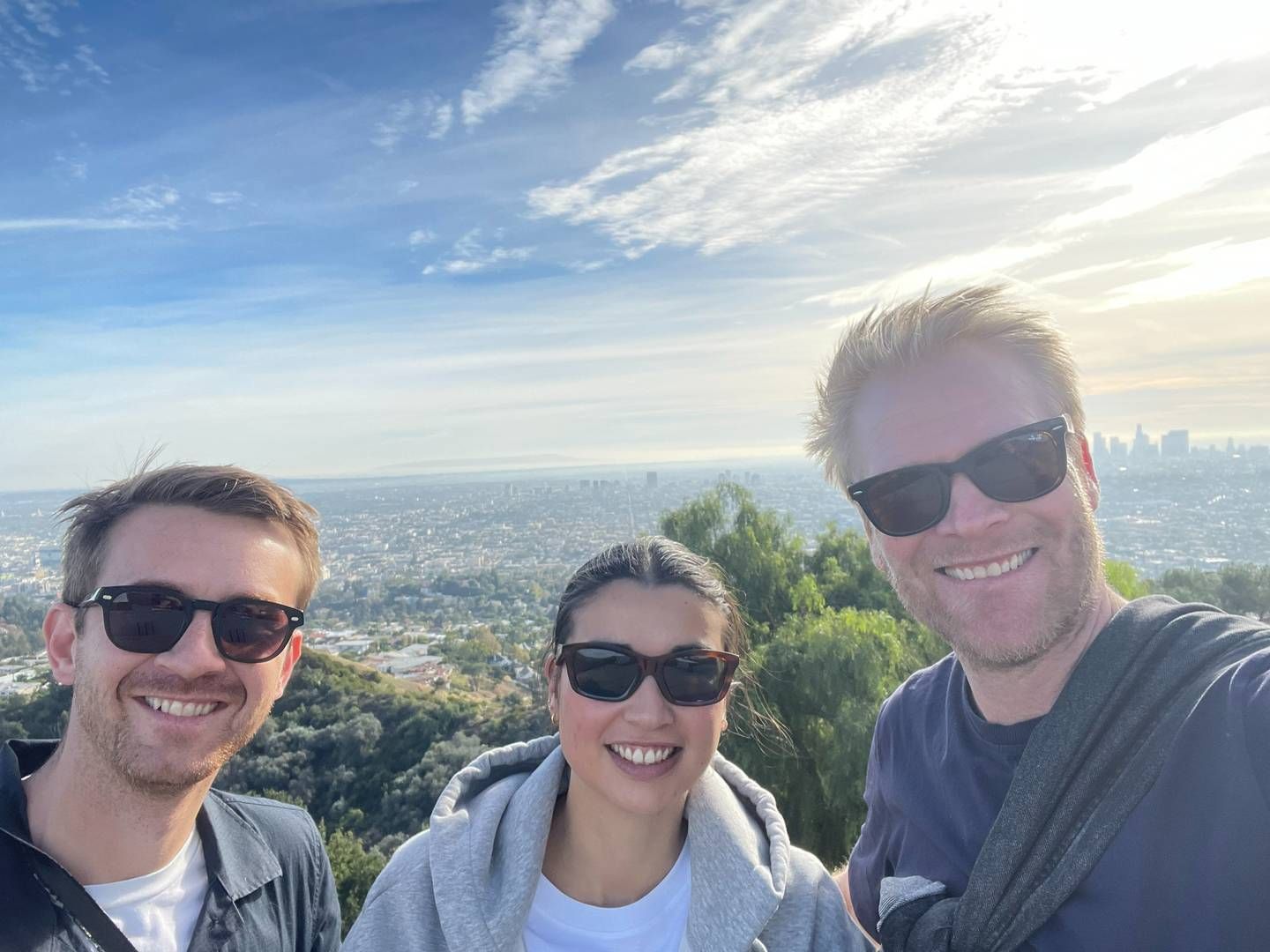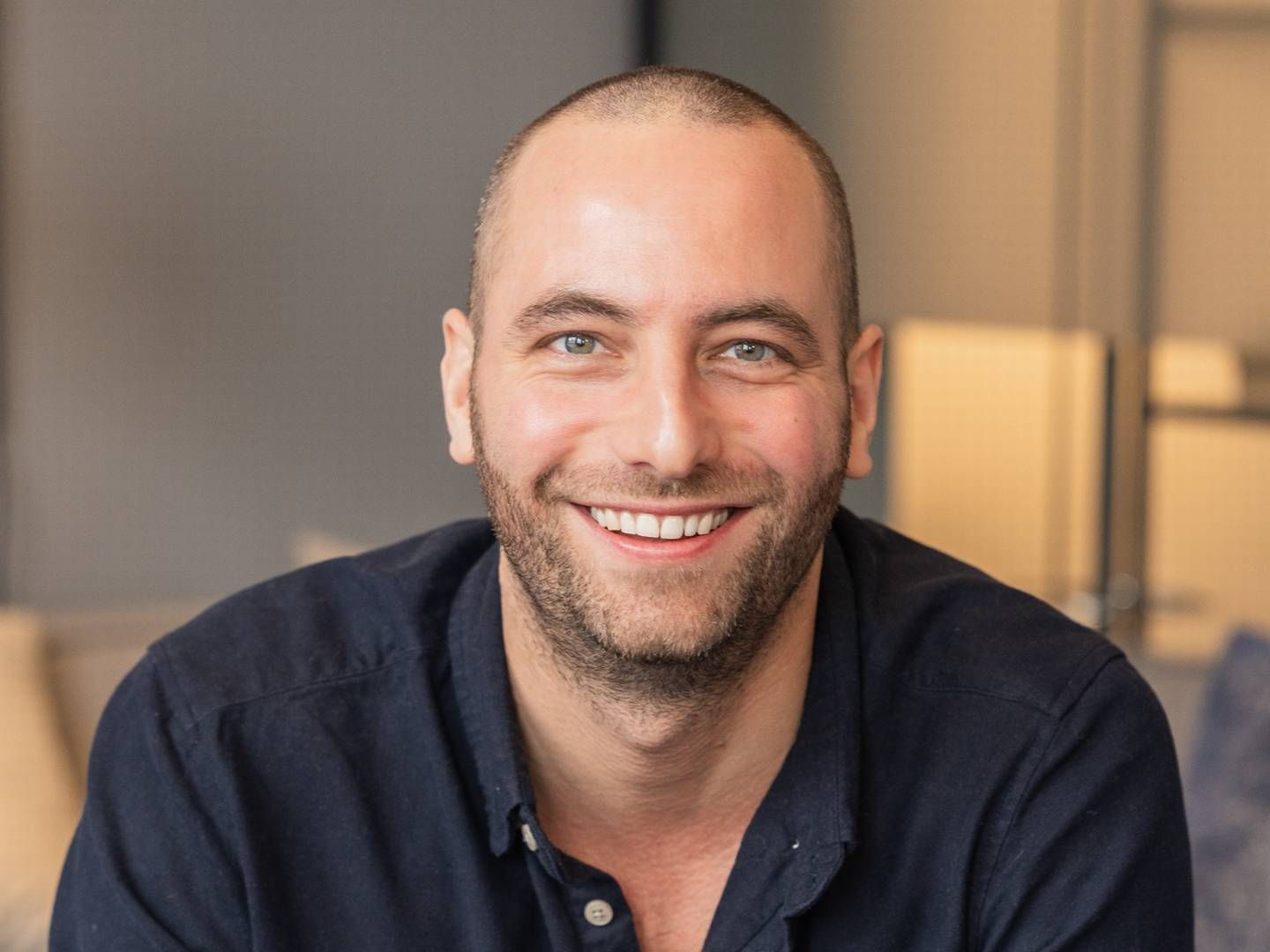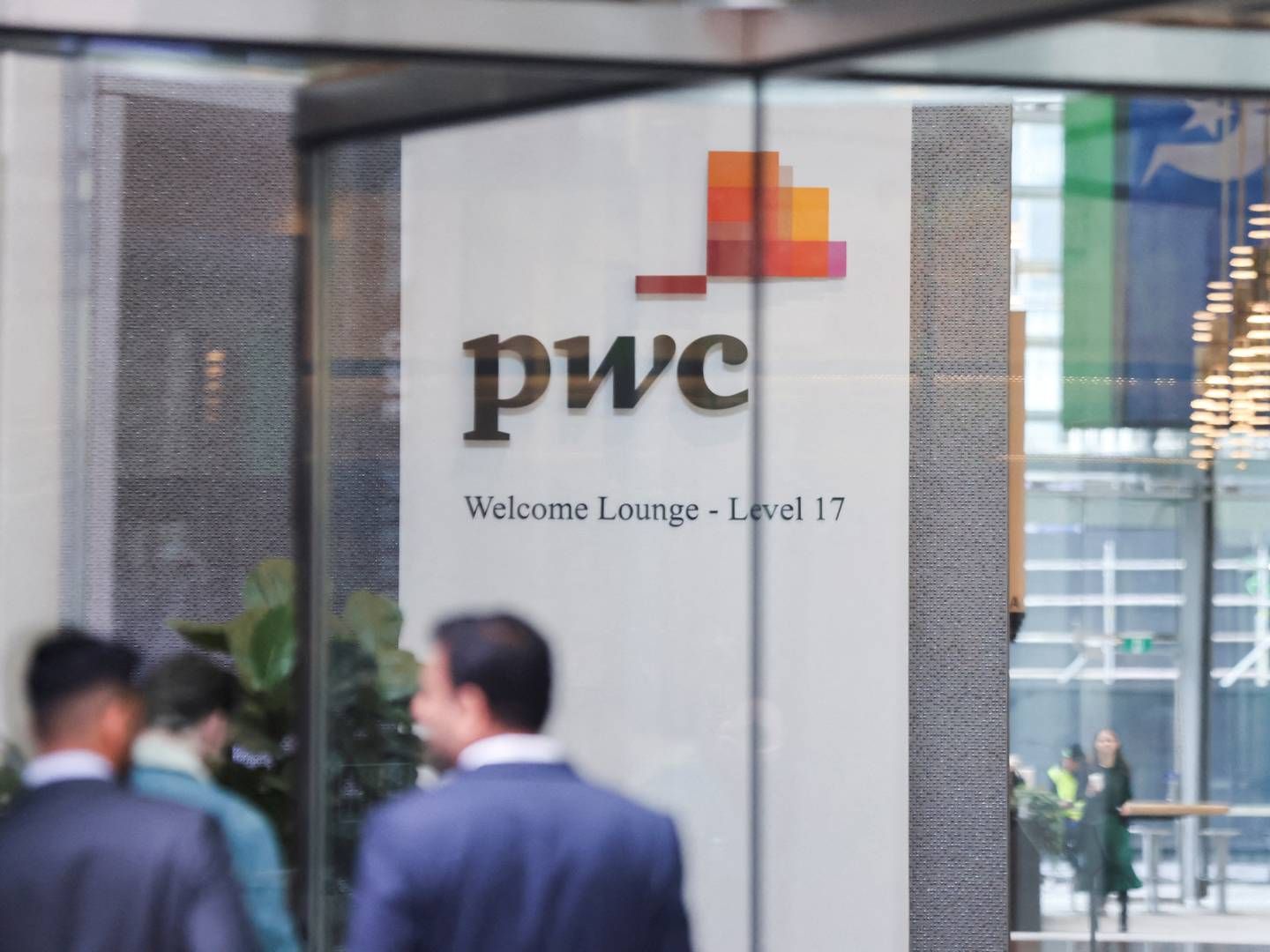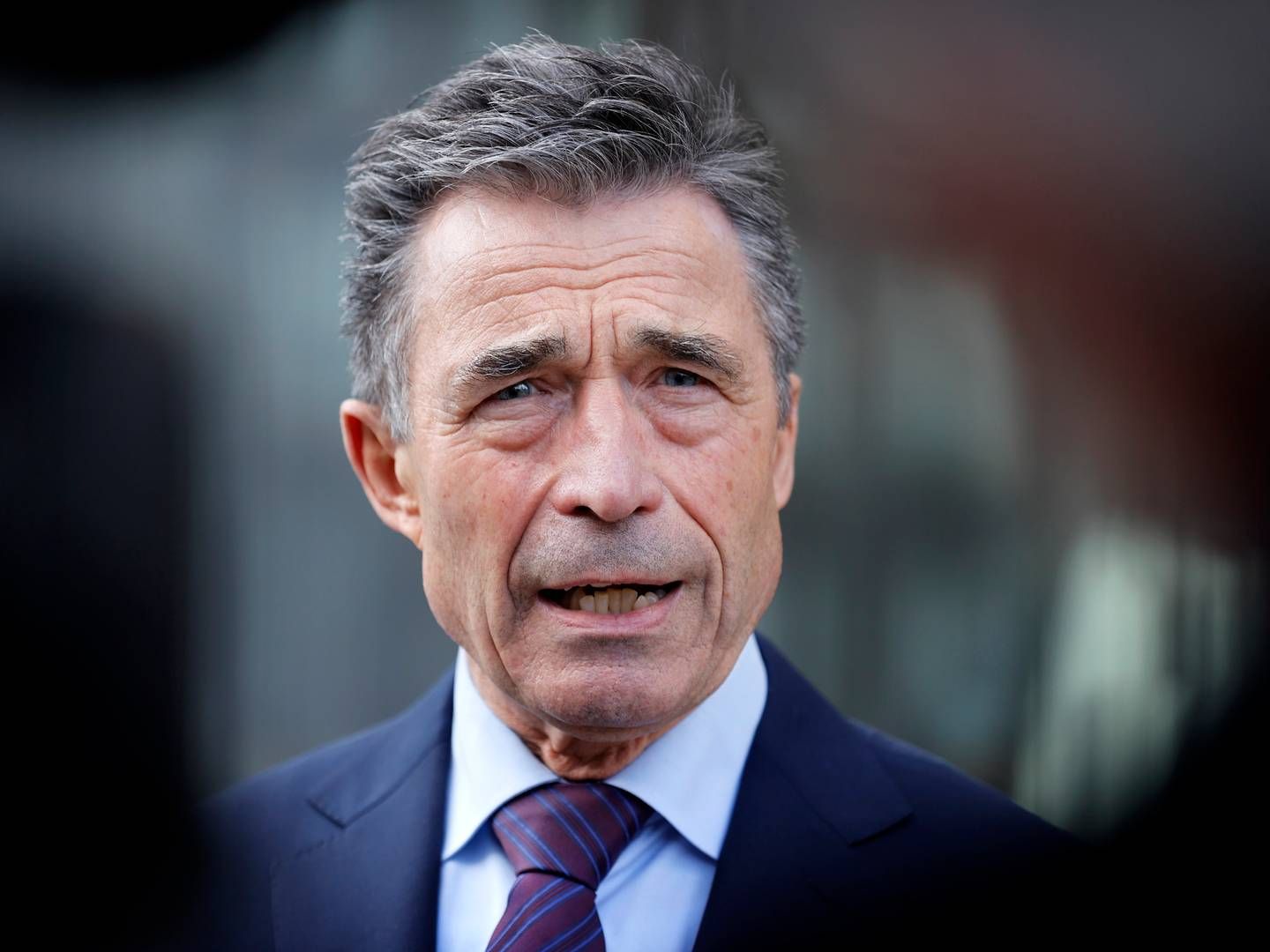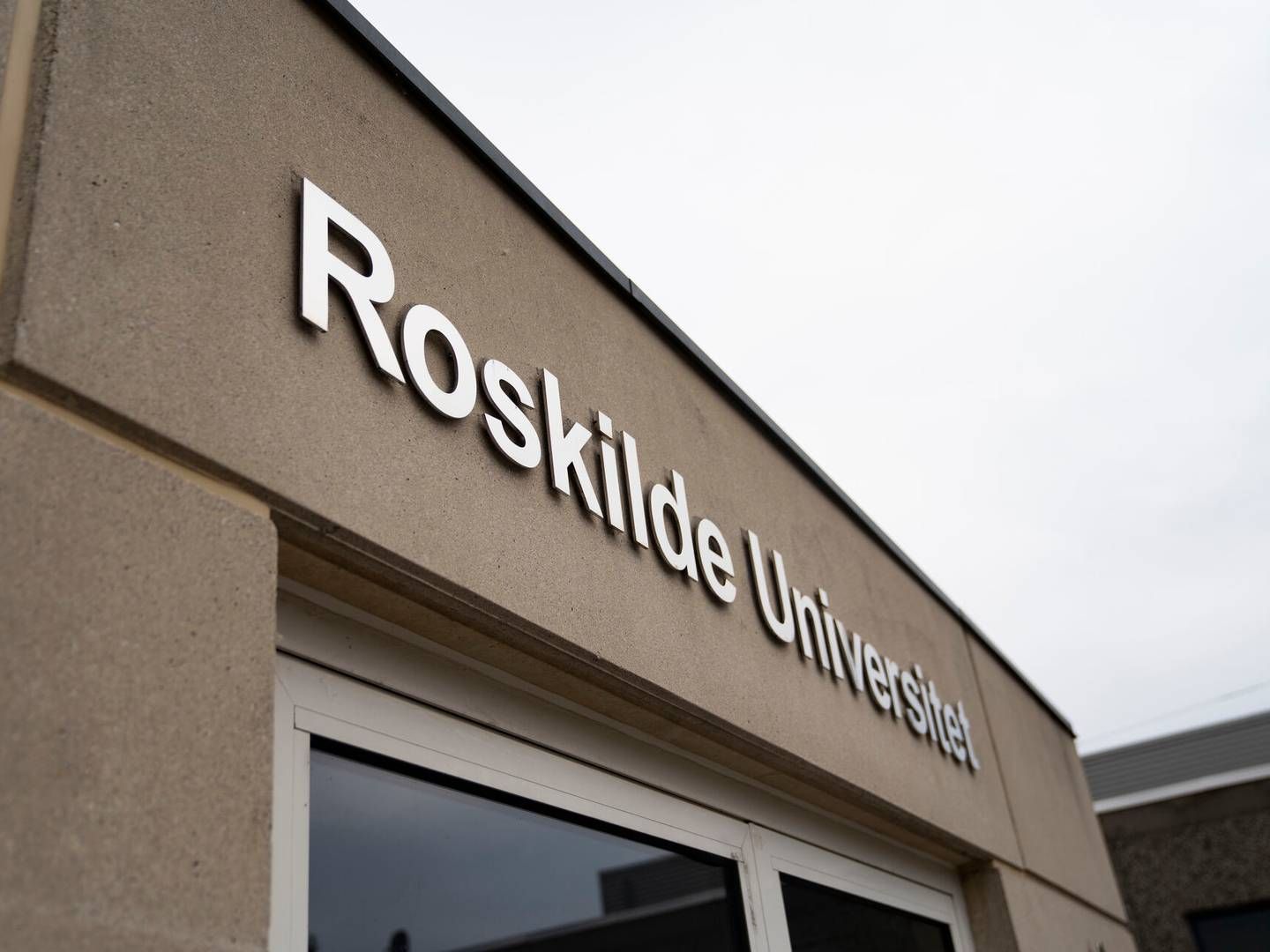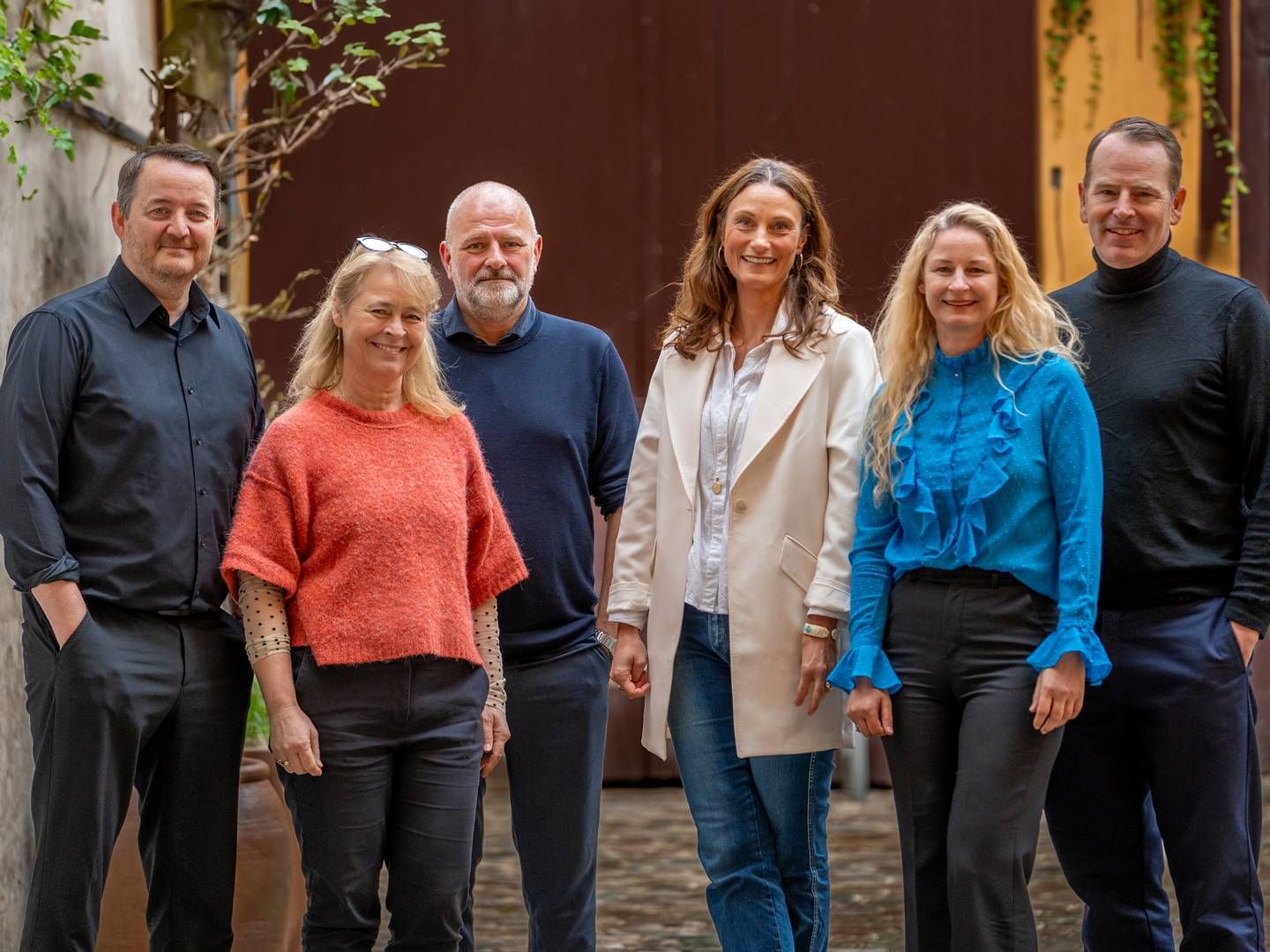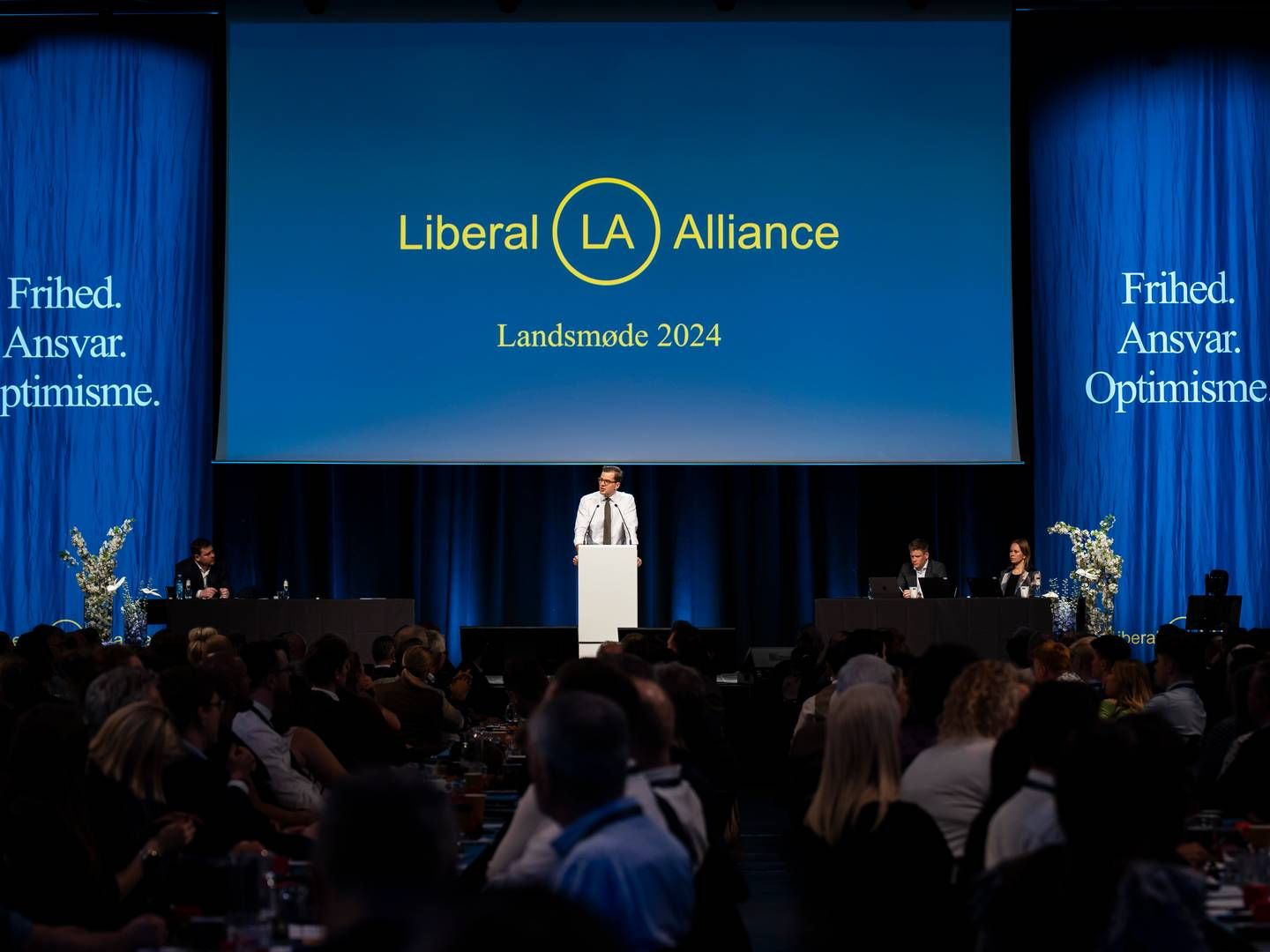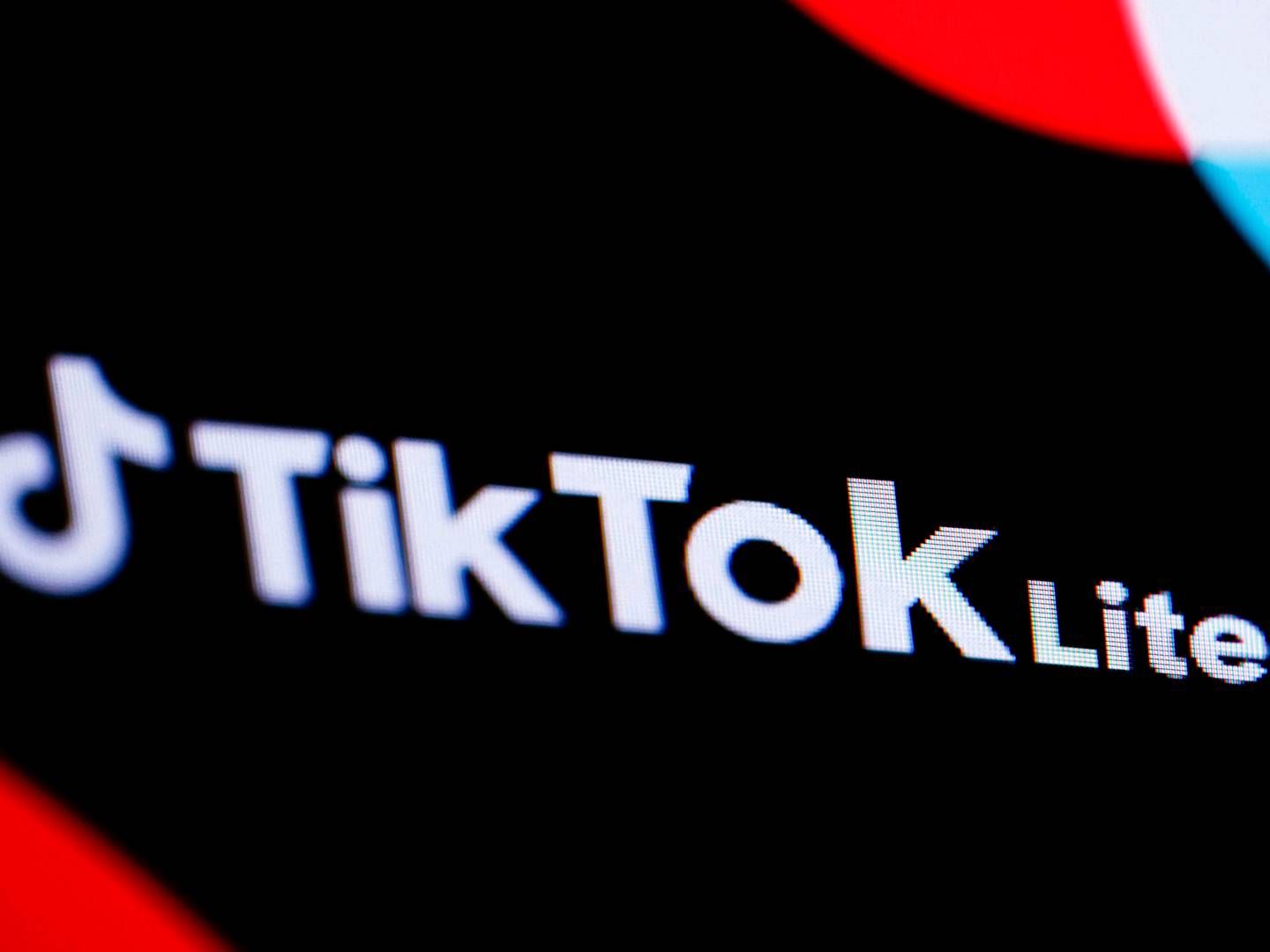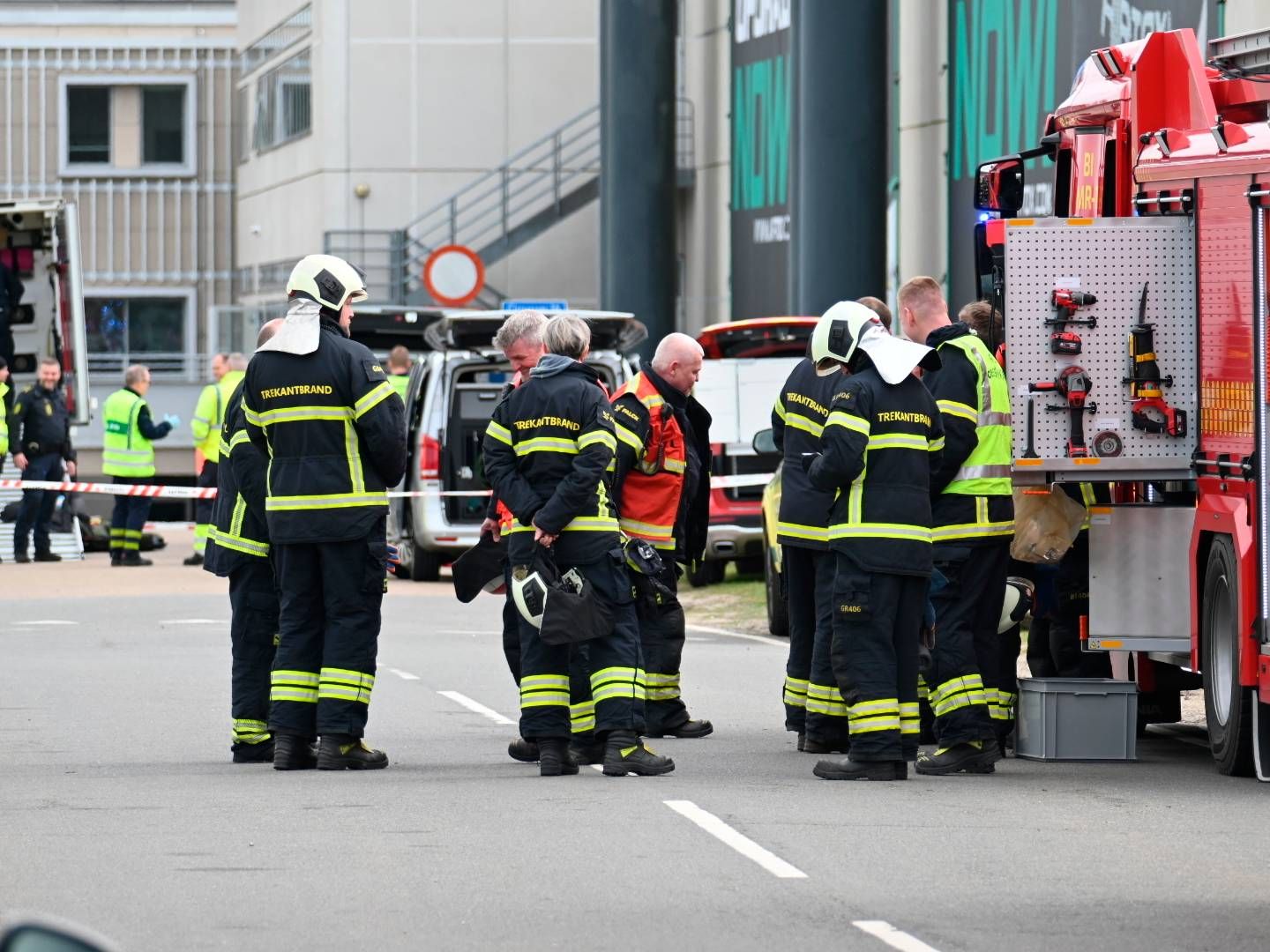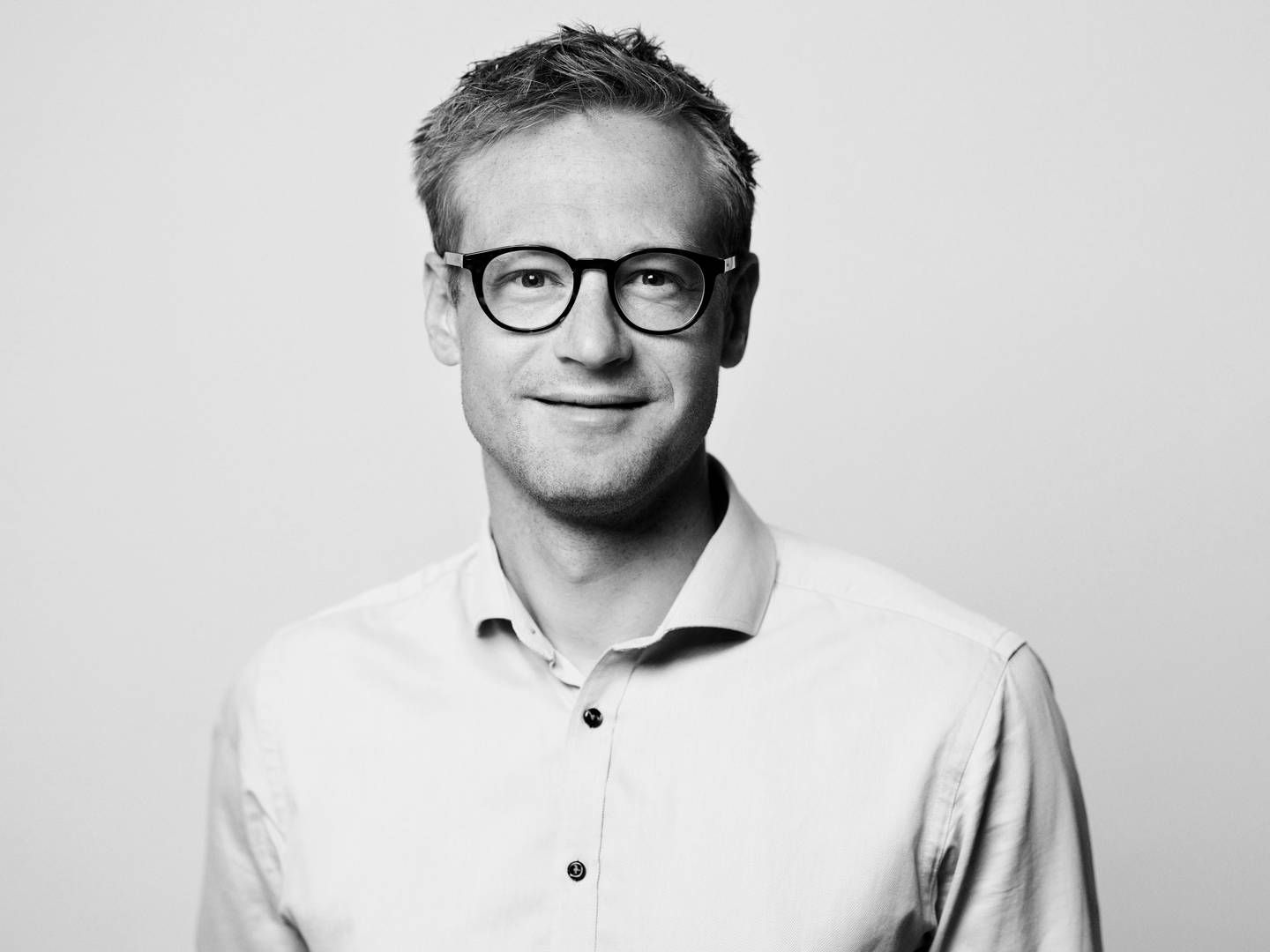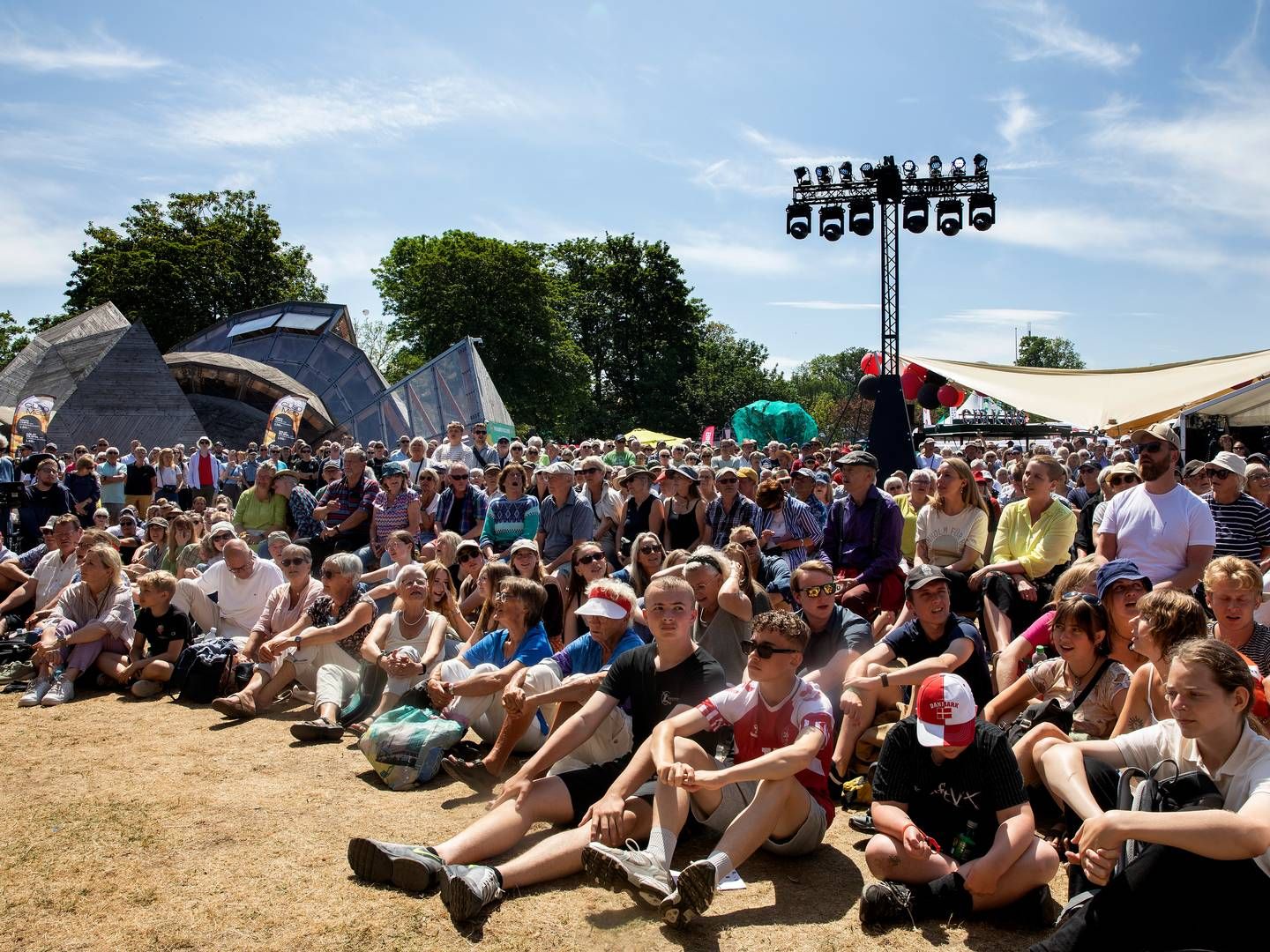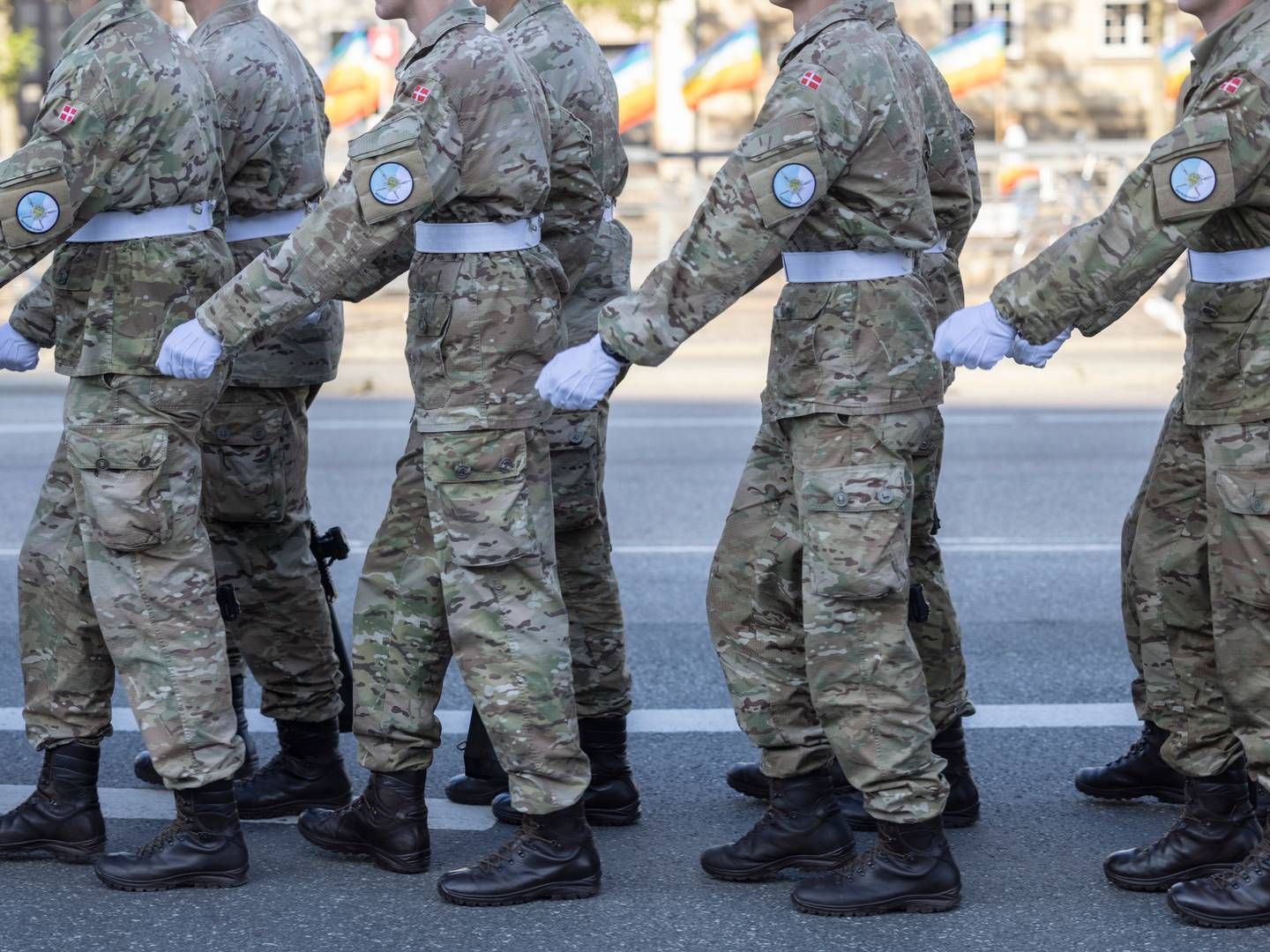Identitetsstrukturer
Wally Olins hovedinddeling af identitetsstrukturer i "Corporate identity, Making business strategy visible through design", 1988 var flg. 3 grupper:
Monolitisk identitet : Hvor organisationen bruger ét navn og én visuel stil hele vejen igennem, fx. BMW, IBM, SAS, Irma, Fona, Politiet.
Endorseret (decentraliseret) identitet: : Hvor organisationen er ramme for en gruppe af aktiviteter eller selskaber som den uddelegerer et gruppenavn eller en delidentitet til som dog kan ses som hørende til familien, fx. ABB-gruppen, FLS-gruppen, Expert, FDB-kæden (Kvivkly, Brugsen, Dagli Brugsen), Arbejdsministeriets styrelser.
Branded identitet: Hvor virksomheden kun viser sig via serier af mærkevarer som ikke identitetsmæssigt har nogen forbindelse til hinanden, fx. Pampers/Always fra P&G, WW/Audi fra Wolkswagen, Dansk Supermarkeds-gruppen (Netto, Bilka, Føtex).
Alle tre grupper var for Wally Olins ligeværdige med hver sine fordele og ulemper. Man kan tilføje, at mange virksomheder typisk svinger i en tiårs periode fra fx. monolitisk identitet (Gymnasieskolerne tidligere) til endorseret (gymnasieskoler der konkurreer om elever) eller den anden vej (som fx. Spritfabrikker og Sukkerfabrikker til Danisco Bevarages and Danisco Sugar).
Wally Olins har flere gange de seneste år talt i København - hans foredrag er i sig selv en retorisk nydelse - fordi han samarbejder tæt med Handelshøjskolens corporate design linje hvor Majken Schultz og P.O. Bergs er hovedkræfterne. Majken Schultz og Mary Jo Hatch fra Cranfield School og Management har for nylig interviewet Wally Olins, hvor han fortæller om sin udvikling og sin karriere.
Behaviour, product and enviroment
Wally Olins store fornyelse var at han så, at det ikke kun var i kommunikationen, at virksomheden udtrykte sin identitet og dermed skabte sig et image.:
"It had always been assumed, tactically assumed I mean, that the company’s identity was manifested primarily through advertising, through communication. We come to the conclusion slowly and hesitantly that this was not so. Gradually it became clear to us that in a company that makes things – things that people see and use, cars, cookers, aircraft, the product itself is the most significant transmitter of identity. In other companies like hotels, environment are the most significant element. And in other organisations still, like say airlines, behaviour is the most significant factor – and so on. It was when we began to work in financial services that we began to realise that the advertising was less important than behaviour or behaviour and environment working together. All this work led to us thinking that product, environment, communications and behaviour were the four significant transmitters of identity. All these theories of identity which are now generally accepted and understood we had to work out for ourselves."
Det var herudfra nærliggende for Wally Oliens at fokuere på den sammenbindende idé eller vision som skulle styre identiteten i virksomheden:
"Our idea is simply that in order to be effective, an organisation must understand itself, its uniqueness and project a clear idea of itself to everybody with whom it deals. It really is quite simple. You can call that the central idea or the vision. And it projects what is through products – what it makes and sells, environment, where it lives, how it communicates and how it behaves. If an organisation has a clear idea this is reflected in its strategy, its organisational structure, in all its communications to all of its audiences and through its behaviour to all of its audiences. An academic at lunch one day at Copenhagen Business School summed it up well, he said our business is related to four management disciplines – corporate strategy, communication, marketing and organisational behaviour. Now of course increasingly all this is getting subsumed into new ideas or if you prefer new words for old ideas, around the company as a brand, internal marketing, product convergence leading to differentiation through corporate reputation. And above all the repositioning of the corporate brand. But all this is relatively new. Not many of these ideas existed when we started up."
Fusioner
Wally Oliens egen rådgivning og egne arbejder har tit været i forbindelse med de store fusioner:
"The merger process involves talking decisions on branding: do you keep both names, or either of the names? Do you develop a new corporate name? If you do what characteristics should it have? What is the cost of introducing a new name? What is the cost of throwing away old names? What is the cost of implementing the new identity, and over what period of time should it be done? What kind of culture a we trying to create? How should this be symbolised in name and visual terms? Are we able to sustain such a personality – what are the knock on effects on service – and so on. Should there be one brand only, or an umbrella identity with series of sub-brands?
Above all the program must look at what the organisation will be like in relation to its peers in the future. That is a classic program, and I think that what makes it unusual is that we take the internal aspects of the firms work quite seriously as the external aspects.
There are a lot of internal challenges. First you take a situation in which there has been apparently a clear looser and you have to persuade both sides to forget the past and start again. Second in the new situation everyone, whichever side he comes form, have a change of loosing his job or being demoted. In that kind of situation, people are bound to be cynical and suspicious. Less attractive human characteristics are going to come to the fore because it is all about self-preservation, so somehow that has to be dealt with. Third the bank is huge in relation to its home country, how can it be projected as an asset rather than a threat. Fourth, is the idea of openness, modernity and outward-looking service business sustainable? Will the customer base respond to it? Will it even comprehend it? Can the staff adapt? In addition to that there is the overriding issue of the central idea. What is the new organisation? What does it stand for / in what way does it think, act and look different from its competition? What is the vision that drives such a organisation? "
Følelser og human ressources
Wally Olins vægter følelser mere end det rationelle og analytiske:
"One of the worlds most successful corporations – Disney – was build around the audience’s emotional relations to a talking, friendly mouse and a bad temper duck. Intelligent business people understand this. But most companies are a bit worried about admitting the power of emotion. They seem to feel that to much emotional display makes them look as though there are not in control. They want the world to believe that they are guided by reason – by hard facts; that they live in a rational world, where rational people take rational decisions.
The older I get the more I believe that research has a useful but limited role in decision making, that people act to significant extent on their emotions and that the most successful decision takers in the end are those who trust their own intuition. Virtually all the most brilliant companies and products are the creation of a single individual who trusted his own judgement. In Britain, Virgin and Body Shop are just two examples of this.
Wally Olins ser den samme tendens til at organisationen kommer i fokus, som vi ofte har diskuteret:
"Human resources will, I think, become to the next few decades what marketing was from the 60s to today. A great deal of time and energy will be devoted to it and leaders will emerge in top jobs through the '’people'’ path. Naturally this means that the ’people’ people, will have to learn general management techniques. We are already hearing phrases like ‘internal marketing’, to describe the internal communication effort, and we are also witnessing a modest transfer of resources from external to internal communication activities. If I was advising young people which route to use to climb up through the corporate identity hierarchy, I would certainly recommend that they think seriously about people management "
Socialt ansvar</


